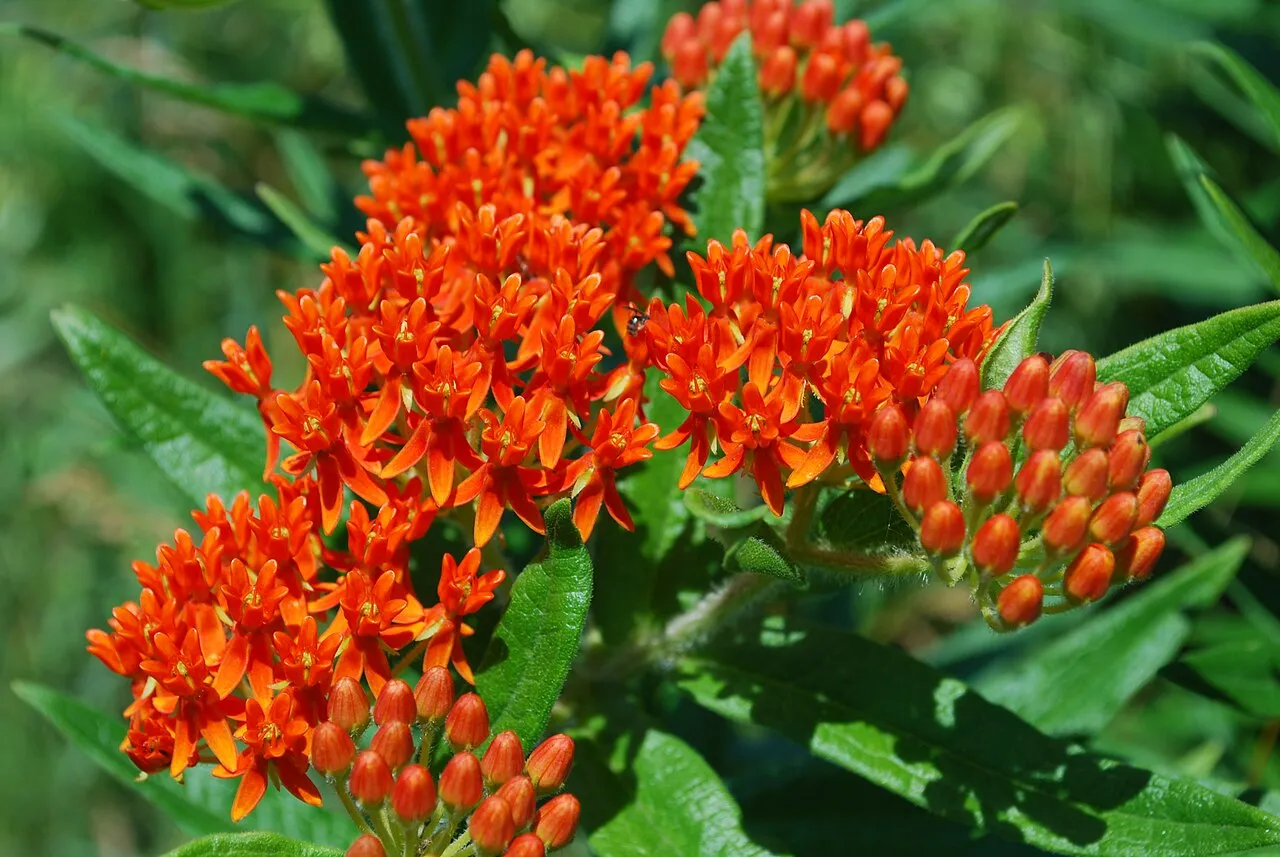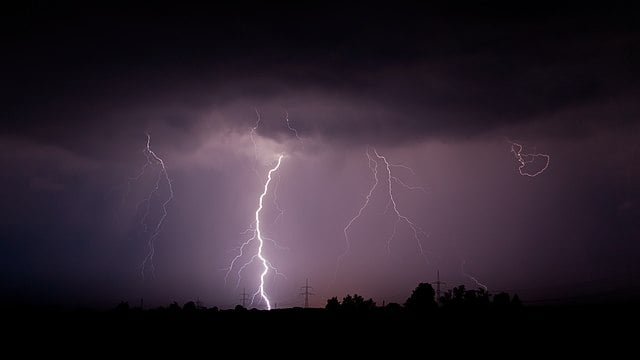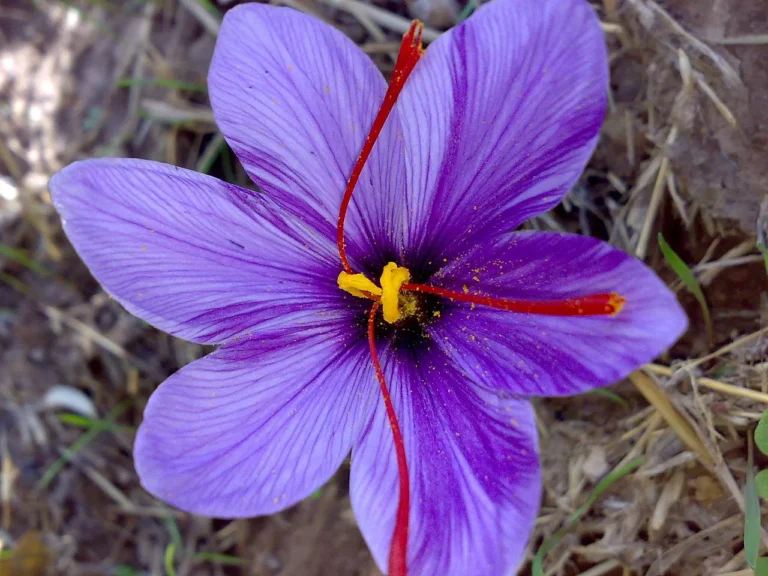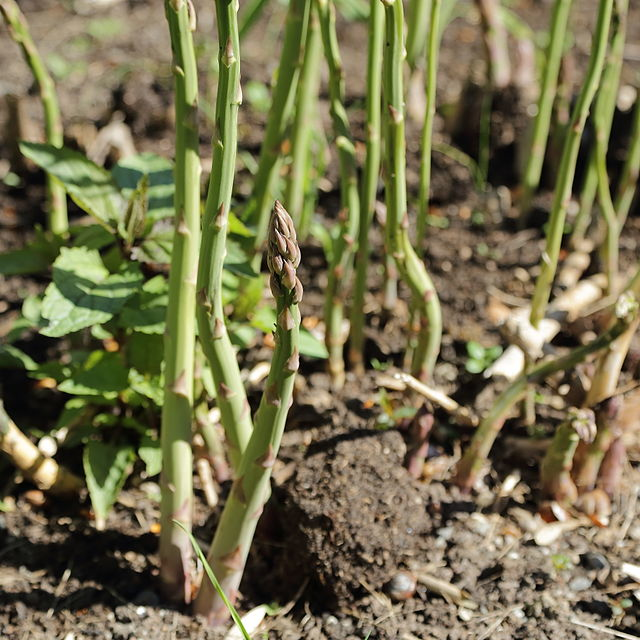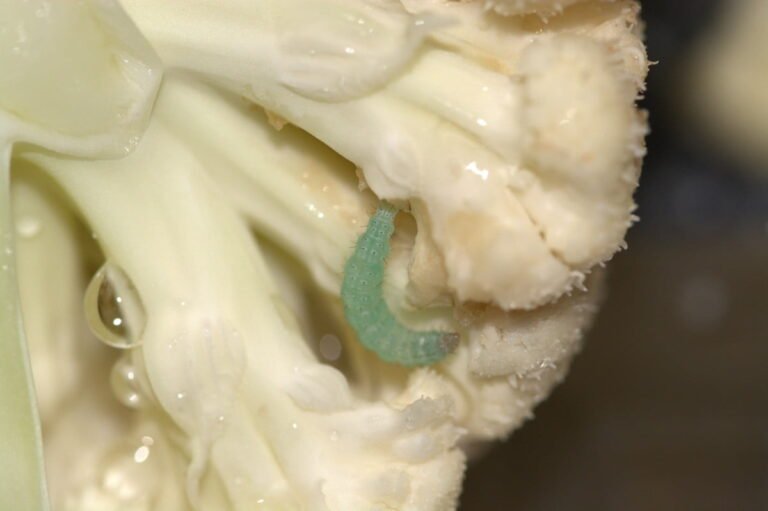Butterfly Weed: A Vibrant Beacon for Butterflies in Your Garden
Butterfly weed (Asclepias tuberosa), with its vivid orange blooms, stands as a testament to the beauty and resilience of native perennials. Thriving in full sun and well-drained soils, this low-maintenance plant not only adds a splash of colour to your garden but also plays a crucial role in supporting butterflies and other pollinators. This guide will walk you through everything you need to know about cultivating butterfly weed, from planting to ongoing care, and how to utilize it to create a pollinator-friendly garden.
Why Plant Butterfly Weed?
Butterfly weed is more than just a pretty face in the garden; it’s a lifeline for many pollinators, especially monarch butterflies. The plant serves as a crucial food source for monarch caterpillars and offers nectar to a wide range of butterflies and bees. Beyond its ecological benefits, butterfly weed is drought-tolerant, deer-resistant, and can thrive in poor soils, making it an excellent choice for sustainable and low-maintenance gardening.
How to Grow Butterfly Weed
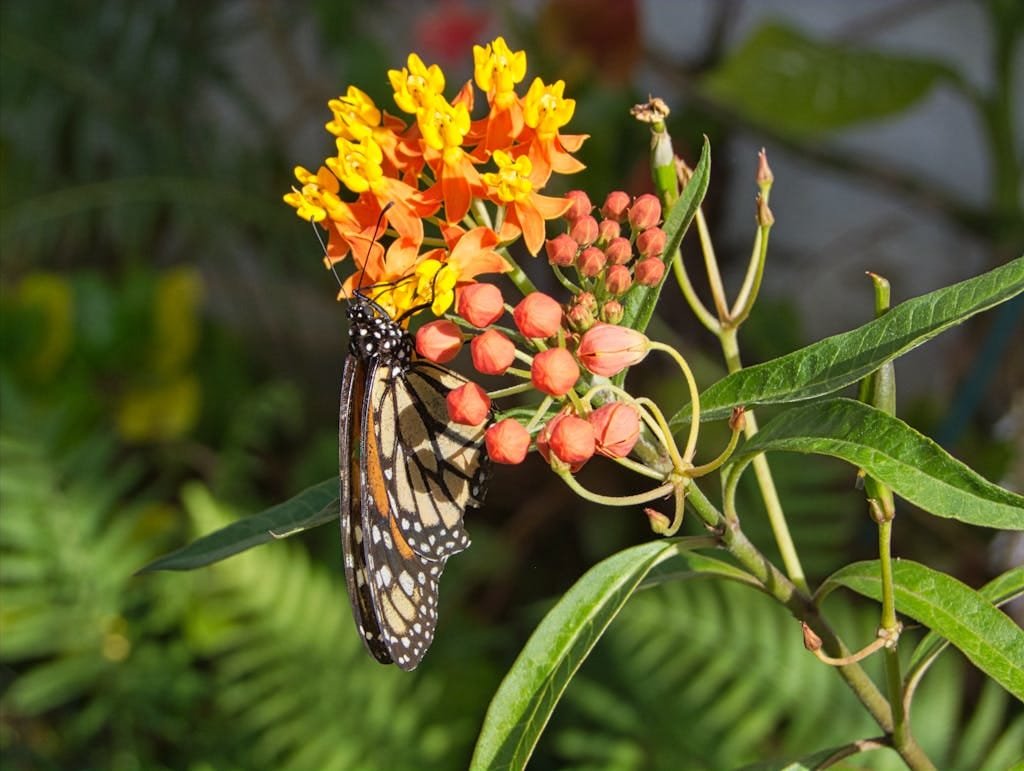
Planting and Care
Choosing a Location:
Butterfly weed thrives in full sun, requiring at least six hours of direct sunlight daily. It prefers well-drained soils and is tolerant of dry, rocky, or sandy conditions.
Soil Preparation:
Although butterfly weed is adaptable to poor soils, incorporating compost can help improve drainage and provide nutrients for healthier growth.
Planting:
Sow seeds directly in the garden in fall, allowing cold weather to naturally stratify them. For spring planting, stratify seeds in the refrigerator for 30-60 days before sowing. You can also purchase young plants from nurseries for easier establishment. Plant them at the same depth they were in their pots, spacing them about 18-24 inches apart.
Watering and Fertilization:
Butterfly weed does not require frequent watering once established, making it an excellent candidate for xeriscaping. Avoid overwatering and fertilization, as this can lead to poor flowering and weak growth.
Mulching:
Apply a light layer of mulch to conserve moisture and reduce weed competition without covering the plant’s crown, as this can lead to rot.
Pruning:
Deadheading (removing spent blooms) can encourage a longer blooming period. However, leaving some seed pods on the plant in fall can provide food for birds and allow it to self-seed.
Propagation
Butterfly weed can be propagated by seeds or root cuttings. Seeds require cold stratification to germinate, while root cuttings should be taken in late fall or early winter.
Pests and Diseases
Butterfly weed is relatively pest-free but can occasionally be affected by aphids. Use a gentle stream of water to remove pests without harming beneficial insects. It’s rarely affected by diseases when grown in well-drained soil.
Creating a Pollinator-Friendly Garden
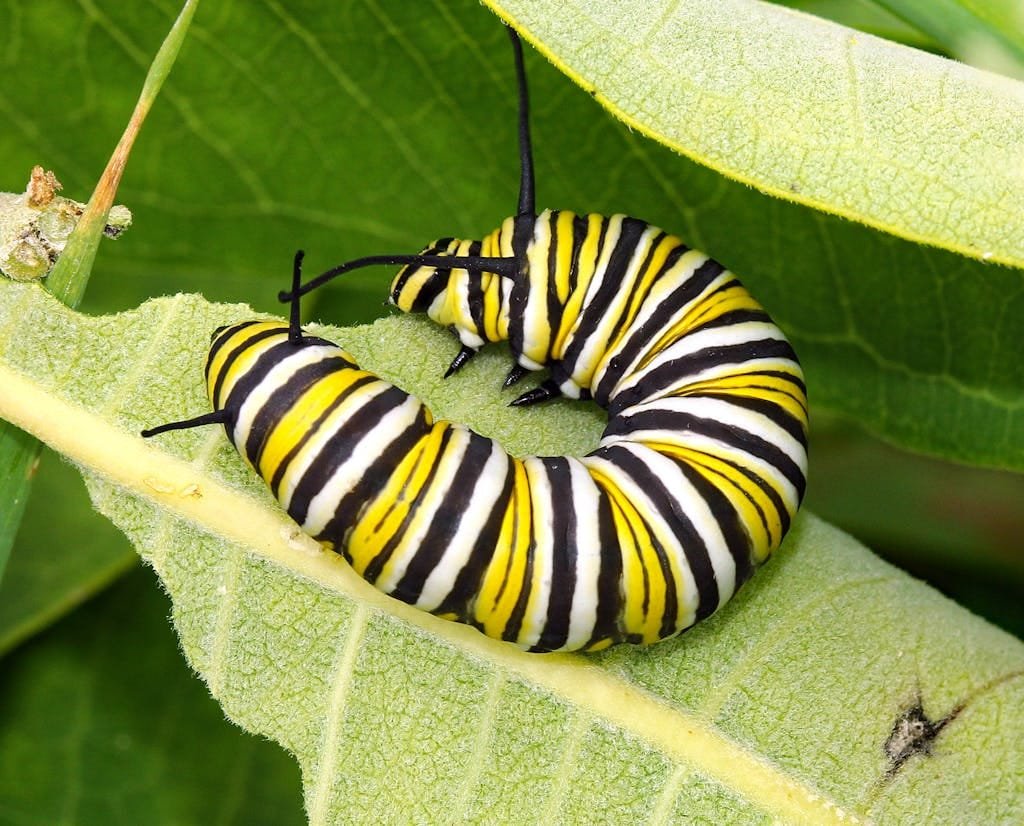
Incorporate butterfly weed into your garden alongside other native plants like purple coneflower (Echinacea purpurea), black-eyed Susan (Rudbeckia hirta), and bee balm (Monarda), to create a vibrant and supportive habitat for pollinators. Providing a variety of flowering plants that bloom at different times of the year can ensure a continuous food source for visiting butterflies and bees.
Frequently Asked Questions About Butterfly Weed
Final Thoughts
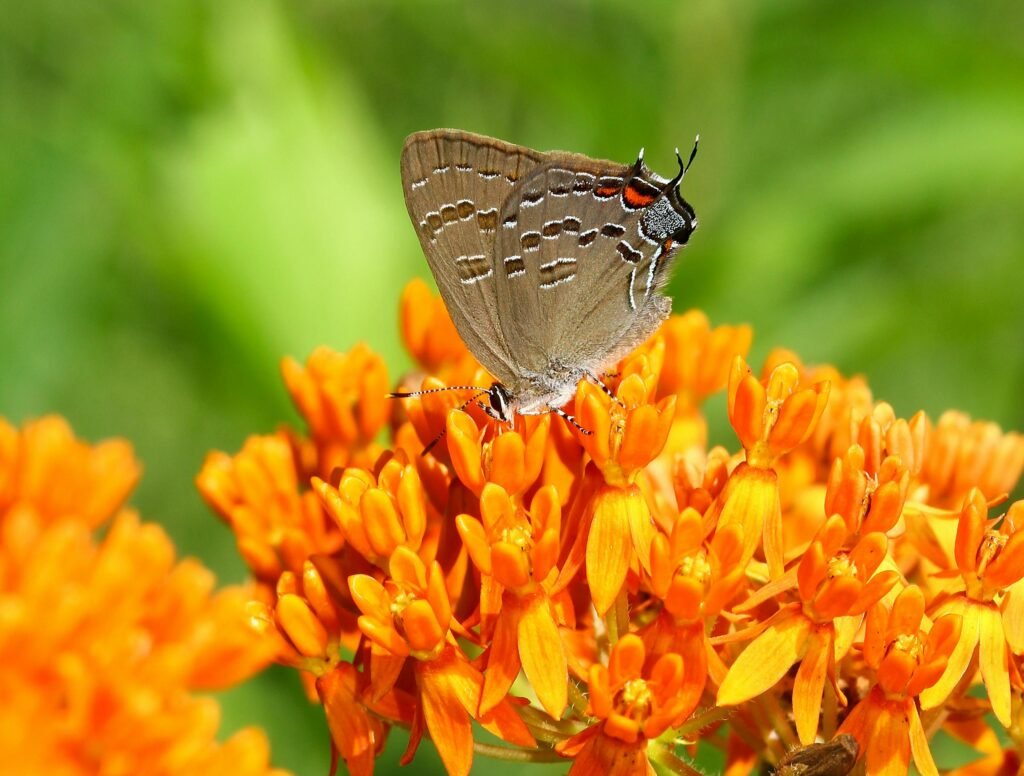
Butterfly weed is a standout perennial that enhances any garden with its bright blooms and environmental benefits. By including this low-maintenance, drought-tolerant plant in your landscape, you’ll not only enjoy a summer full of vibrant colour but also contribute to the support of local pollinators and the overall health of your garden ecosystem.

